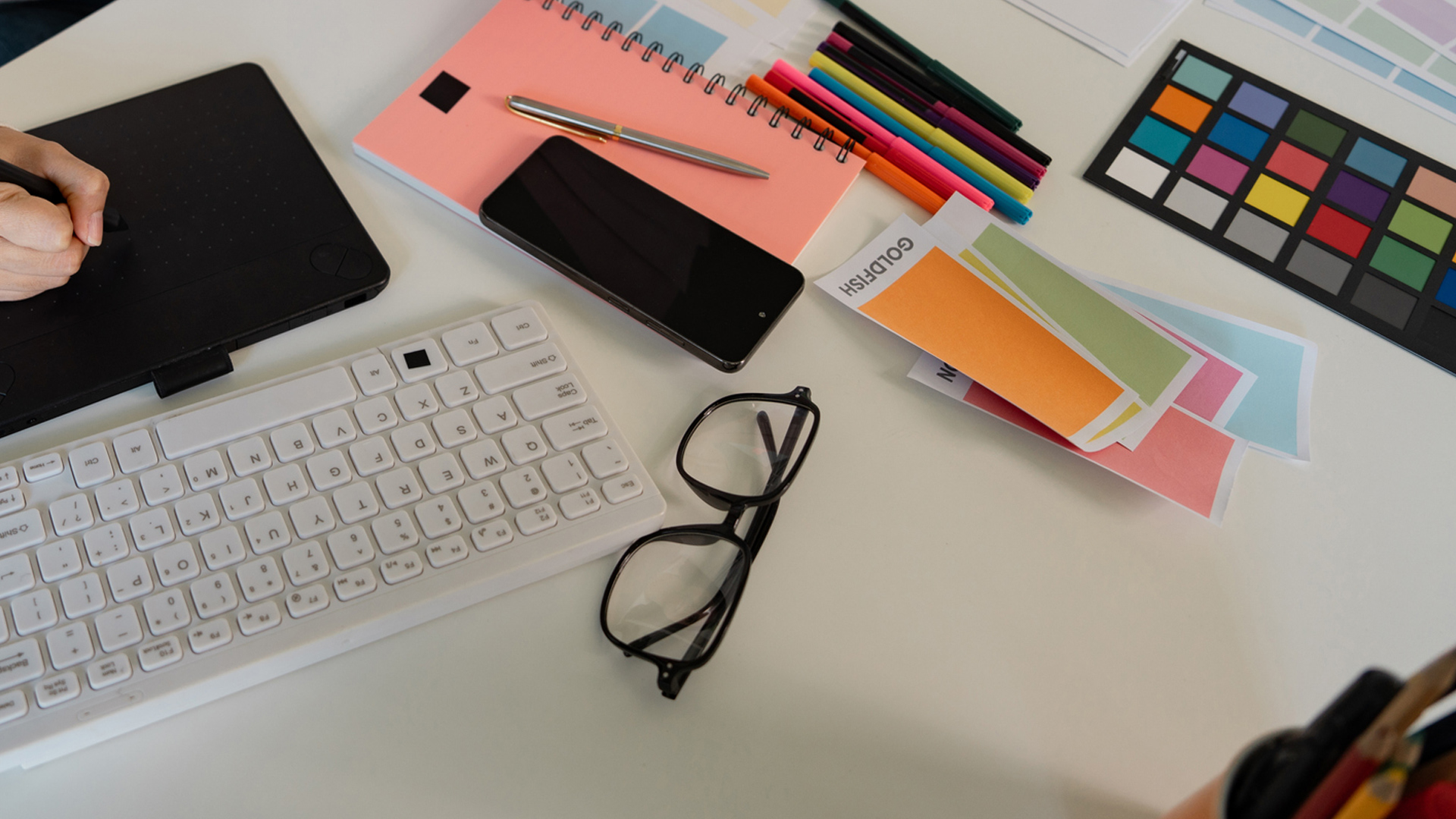Every business reaches a point where its brand identity no longer serves its goals. Whether you're a startup that's outgrown your DIY logo or an established company expanding into new markets, recognizing when it's time to rebrand can be the difference between staying stuck and breaking through to the next level. As a Memphis brand designer who's worked with businesses across Tennessee and beyond, I've seen firsthand how strategic rebranding solves real business challenges; from legal conflicts to credibility gaps. In this three-part series, I'm sharing the seven most common reasons companies update their branding, complete with before-and-after examples from my portfolio. If you've been wondering whether your business needs a refresh, these scenarios will help you decide.
1. When There's a Need to Differentiate from Competitors
In crowded marketplaces, blending in is the same as being invisible. If your current brand looks too similar to competitors or uses generic design elements that fail to communicate what makes you unique, it's time for a change.
The market evolves quickly, and what once helped you stand out can become commonplace. When potential clients can't tell you apart from the competition at first glance, you're fighting an uphill battle for every sale.
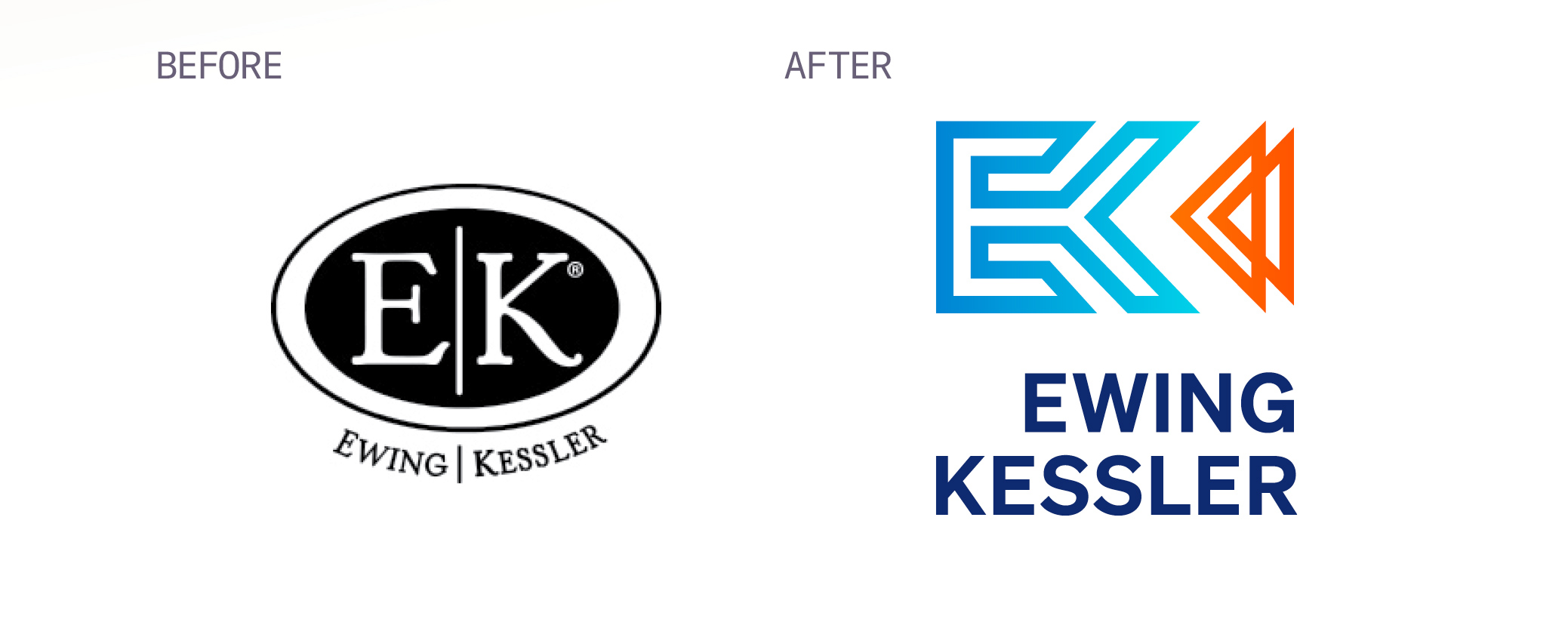
Real-World Example: As Ewing Kessler moved into new areas and grew its product lines, their old logo was too generic to set them apart in the crowded commercial building systems market. A strategic rebrand helped them establish a distinct visual identity that reflected their expanding capabilities and industry leadership.
2. When a Expanding to new Locations
Local charm works beautifully when you're serving a neighborhood, but regional and national expansion requires a brand that travels well. What resonates in one market may not translate to another, and growth often demands a more sophisticated, scalable visual identity.
As a Tennessee logo designer, I've worked with businesses making this exact transition, moving from beloved local spots to multi-location operations. The rebrand needs to honor the original spirit while elevating the brand for broader appeal.
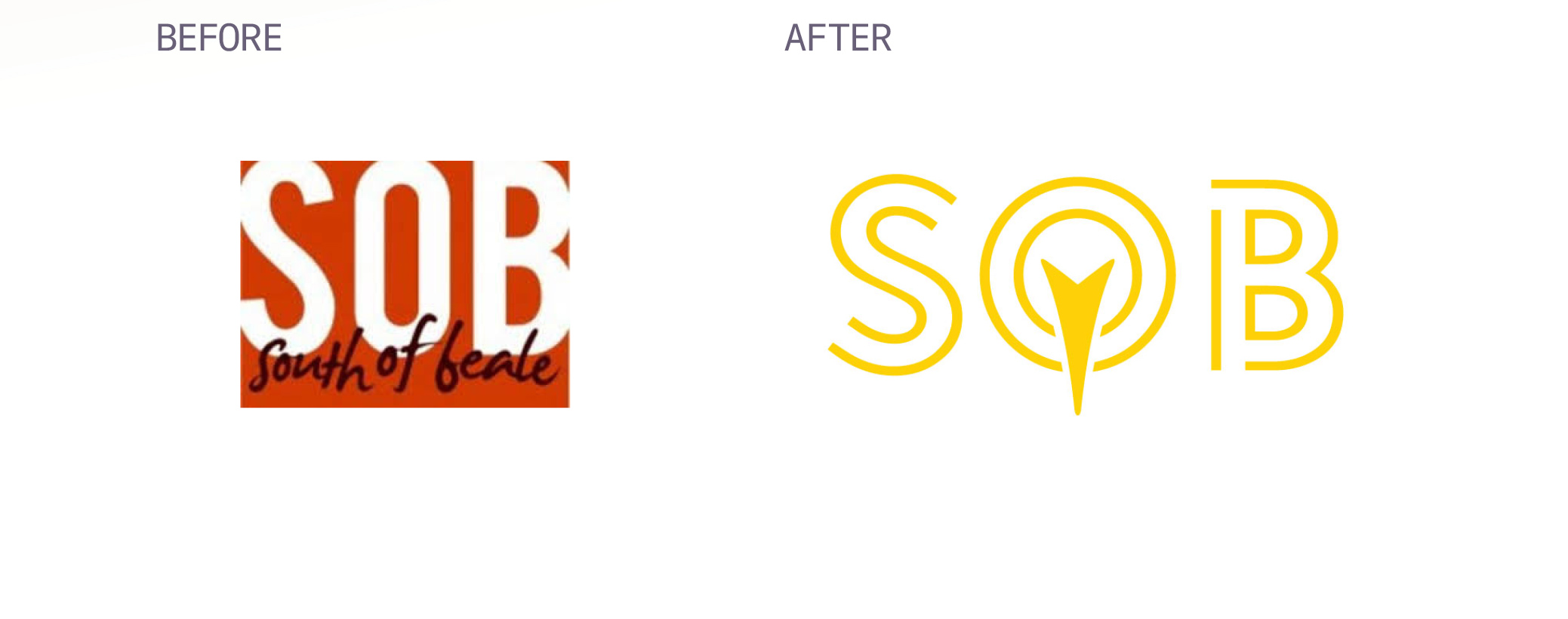
Real-World Example: As South of Beale grew into a multi-location restaurant group, they needed more than their original local branding. I developed a brighter, more refined brand identity to reflect its next chapter, maintaining the essence of what made them special while positioning them for continued expansion.
3. When There's a Legal Conflict Around a Name
Trademark conflicts, copyright issues, or discovering another company already uses your name can force an unexpected rebrand. While this scenario feels like a setback, it's often an opportunity to create something even stronger.
Legal conflicts don't just risk lawsuits, they create confusion in the marketplace and can prevent you from properly protecting your intellectual property. Resolving these issues quickly and strategically is crucial.

Real-World Example: After discovering that their healthcare staffing tech startup shared the same name as an existing company, I developed a completely new name and brand identity. The result was a legally clear, ownable brand that better positioned them in their industry.
4. When It's Time to Elevate Credibility and Professionalism
There's a season for scrappy DIY branding, but there's also a time when amateur visuals actively cost you business. When you're competing for major contracts, pursuing grants, forming partnerships, or targeting clients who expect polish, your brand needs to match the quality you deliver.
Professional buyers make snap judgments based on visual credibility. If your branding looks like it was created in an afternoon with free online tools, decision-makers may assume your work quality matches.

Real-World Example: As Acala Investments transitioned from a grassroots venture to a professional investment firm, they needed a brand that conveyed credibility, trust, and sophistication. The proposed logo design elevated their image to compete in the professional investment marketplace where first impressions directly impact client confidence.
5. When Needing to Appeal to Current Generations
Generational shifts happen slowly, then all at once. If your primary audience has changed and your brand aesthetic feels dated, you're creating unnecessary barriers to connection. Today's decision-makers, whether they're Millennials, Gen X, or Gen Z, respond to different visual languages than previous generations.
This isn't about chasing trends; it's about staying relevant to the people who need your services now. A Memphis brand designer understands how to balance timeless design principles with contemporary aesthetics.
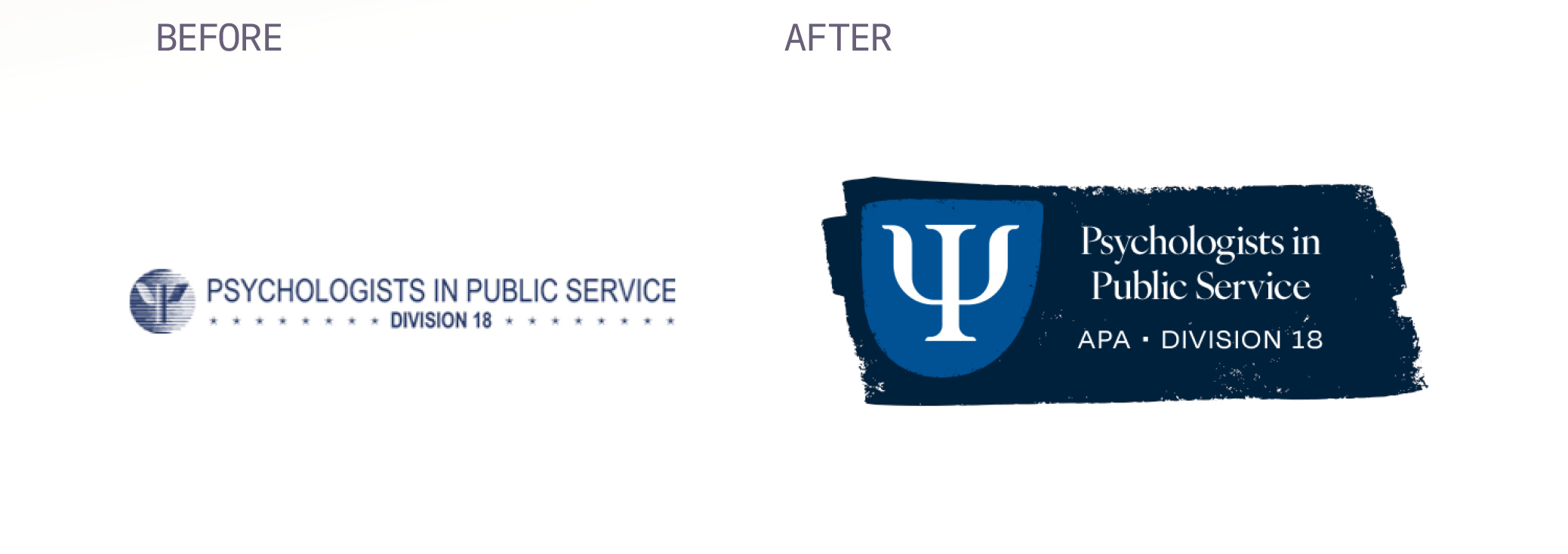
Real-World Example: The Public Service Division of the American Psychological Association hadn't updated its logo in several generations. The leadership wanted a fresh identity that resonates with today's members and students while maintaining the organization's authoritative presence. The result bridged decades of legacy with modern visual appeal.
6. When Your Brand Needs to Complement Your Suppliers
If you represent premium or nationally recognized brands, your local identity should feel like a natural extension of those partnerships, not a jarring disconnect. Visual misalignment can undermine the credibility of both your business and the brands you carry.
Customers expect consistency. When your branding doesn't match the quality level of your suppliers, it creates cognitive dissonance that can cost you sales.
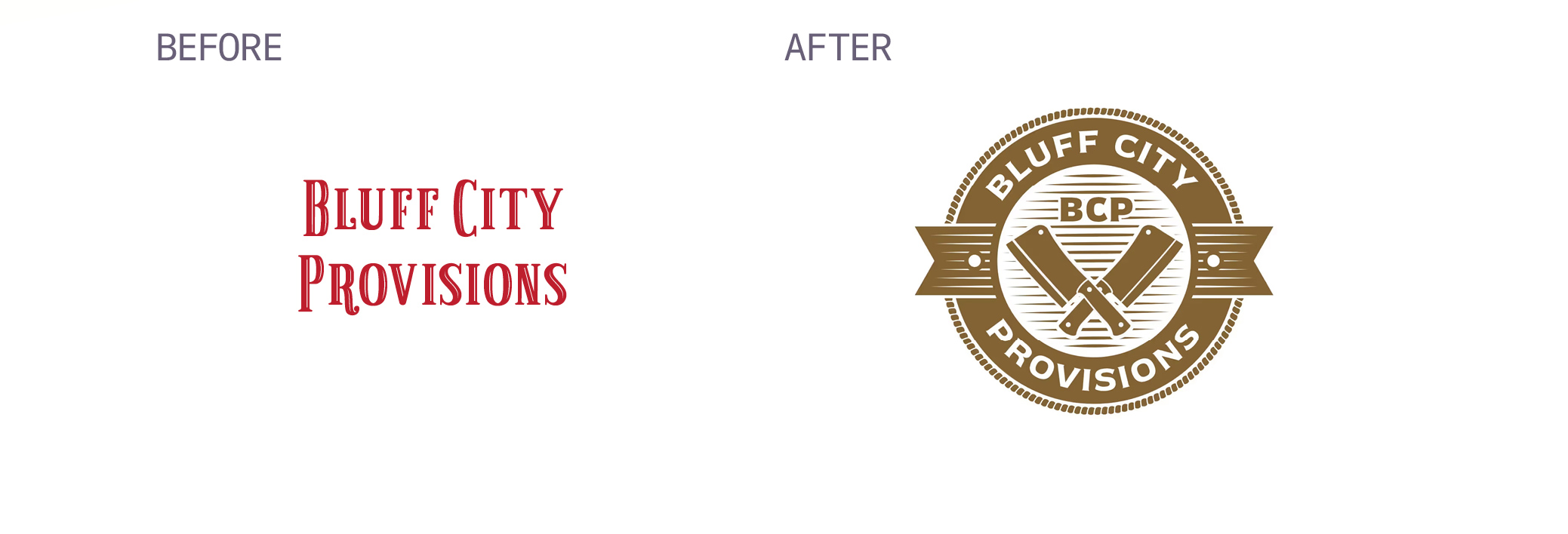
Real-World Example: Bluff City Provisions, a regional distributor of Boar's Head products, sought to bring its branding into closer alignment with the premium image of Boar's Head. The rebrand created visual harmony that reinforced rather than contradicted the quality promise of the products they represent.
7. When a Logo Doesn't Reflect the Quality Your Company Delivers
Perhaps the most frustrating branding problem is when your visual identity undersells the excellence of your work. There's a gap between the exceptional experience customers receive and the first impression your brand makes, and that gap is costing you opportunities.
Your logo is often the first touchpoint potential clients have with your business. If it doesn't communicate your level of quality, expertise, and attention to detail, you're starting every relationship from behind.

Real-World Example: Fisher Arnold is renowned for its high standards in civil engineering and beyond. They needed a logo that reflected the same precision and quality found in their work. The rebrand ensured their visual identity finally matched their professional reputation.
Bonus: When Launching a New Brand or Company
Brand-new businesses need a complete identity system built from the ground up to establish their presence and credibility in the marketplace. Unlike rebrands, which evolve existing equity, new brands start with a blank slate, which is both an opportunity and a challenge.
Working with a Tennessee logo designer from day one ensures your brand launches with strategic positioning, professional execution, and a scalable visual system that grows with your business.

Real Rebrands, Real Results
These are actual projects from my portfolio, businesses that recognized it was time for a brand refresh and solved real business challenges through strategic rebranding. Each faced unique circumstances, but they all shared one thing in common: they understood that their current branding was holding them back.
A brand is much more than just a logo. It's the consistent application of colors, typography, tone and voice, and graphic style across everything you do. But the logo? That's the most visible part of your brand identity, and the piece people notice first and remember you by.
If you recognize your business in any of these scenarios, it might be time to explore what a strategic rebrand could do for you. The right visual identity doesn't just look better, it works harder, communicates clearer, and opens doors that were previously closed.
*I designed some of these logos while I was the Creative Director of LAB Digital Creative, before beginning an independent design practice in 2025.

